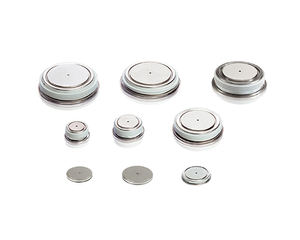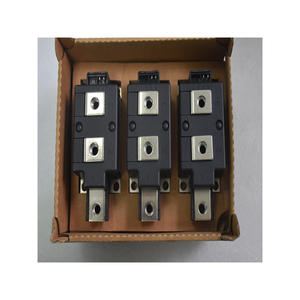Thyristors Online | High-Quality Power Semiconductors
PRODUCT PARAMETERS
Description
Overview of Heatlinks
Heatlinks function by providing a path of low thermal resistance between a heat source (such as an electronic component) and a heat sink or cooling system. They can be particularly useful in environments where space constraints limit the use of traditional cooling methods, or when a passive thermal management solution is preferred.
Heatlinks can operate based on different principles, including phase change materials, solid-state conduction, or even fluid-based systems. The choice of technology depends on the application’s specific requirements, such as operating temperature range, power dissipation levels, and spatial limitations.
Features of Heatlinks
High Thermal Conductivity: Designed to offer high thermal conductivity, ensuring efficient heat transfer from the source to the sink.
Compact Design: Often compact, allowing them to fit into tight spaces within electronic assemblies or other equipment.
Passive Operation: Typically do not require external power to function, relying instead on the natural flow of heat from hot to cold areas.
Durability and Reliability: Manufactured to withstand repeated thermal cycles and harsh environmental conditions without degradation of performance.
Low Profile: Thin profiles help minimize the impact on the overall design of products.
Versatility: Can be tailored to fit various applications, from consumer electronics to industrial machinery and aerospace components.
Customizable: Available in different shapes, sizes, and configurations to meet specific design needs.
Cost-Effective: Provide an economical solution for thermal management compared to more complex cooling systems.
Minimal Maintenance: Generally require little to no maintenance once installed.
Environmental Compatibility: Designed to be compatible with a wide range of environments, including those that may contain corrosive elements or experience significant temperature fluctuations.
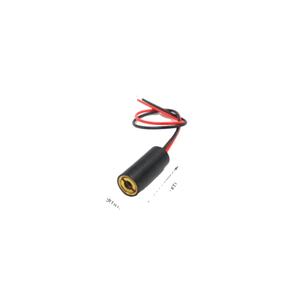
(Aluminium heatsink,bonded fin heatsink)
Specifications of Aluminium heatsink,bonded fin heatsink
The aluminium heatsink with bonded fin technology is designed to provide superior thermal management for a wide range of electronic and industrial applications. This heatsink is constructed using high-quality aluminium, which offers excellent thermal conductivity, ensuring efficient heat dissipation. The bonded fin design enhances the surface area for heat transfer, making it ideal for high-performance cooling requirements. The fins are precision-bonded to the base using a specialized process, ensuring a strong and durable connection that maximizes thermal efficiency. The base of the heatsink is typically made from a solid aluminium block, providing a stable and flat surface for optimal contact with the heat source. The fins are thin and closely spaced, allowing for effective airflow and heat dissipation. The overall dimensions of the heatsink can be customized to fit specific applications, with common sizes ranging from compact designs for small electronic devices to larger units for industrial equipment. The surface of the heatsink is often anodized to improve corrosion resistance and durability, while also providing a sleek, professional appearance. The anodization process also enhances the thermal emissivity of the surface, further improving heat dissipation. The bonded fin heatsink is lightweight yet robust, making it suitable for applications where weight and space are critical factors. It is commonly used in power electronics, LED lighting, telecommunications, and automotive systems, where reliable thermal management is essential for maintaining performance and longevity. The heatsink is designed to operate efficiently across a wide temperature range, ensuring consistent performance even in demanding environments. With its combination of advanced materials, innovative design, and precise manufacturing, the aluminium bonded fin heatsink is a reliable and effective solution for managing heat in a variety of applications.
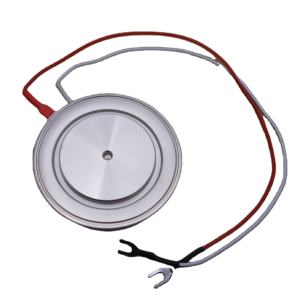
(Aluminium heatsink,bonded fin heatsink)
Applications of Aluminium heatsink,bonded fin heatsink
Aluminium heatsinks and bonded fin heatsinks are essential components in thermal management systems, widely used across various industries to dissipate heat efficiently. Their lightweight, excellent thermal conductivity, and corrosion resistance make aluminium heatsinks a popular choice for applications in electronics, automotive, aerospace, and renewable energy sectors. In electronics, aluminium heatsinks are commonly used in CPUs, GPUs, power supplies, and LED lighting systems to prevent overheating and ensure optimal performance. The ability to transfer heat away from sensitive components helps extend the lifespan of electronic devices and maintains their reliability.
Bonded fin heatsinks, a specialized type of aluminium heatsink, are particularly effective in high-performance applications. This design involves bonding thin aluminium fins to a base plate, creating a larger surface area for heat dissipation. The bonded fin structure allows for greater customization in terms of fin density, height, and spacing, making it ideal for applications where space is limited but thermal performance is critical. Industries such as telecommunications, medical equipment, and industrial machinery benefit from bonded fin heatsinks due to their compact design and superior heat dissipation capabilities.
In the automotive industry, aluminium heatsinks are used in electric vehicles (EVs) to manage the heat generated by batteries, power inverters, and motor controllers. The lightweight nature of aluminium helps improve fuel efficiency and reduces the overall weight of the vehicle. Similarly, in aerospace, aluminium heatsinks are employed in avionics and satellite systems to ensure reliable operation under extreme conditions.
Renewable energy systems, such as solar inverters and wind turbines, also rely on aluminium heatsinks to maintain efficiency and prevent overheating. The durability and cost-effectiveness of aluminium make it a preferred material for these applications. Overall, aluminium heatsinks and bonded fin heatsinks play a crucial role in enhancing the performance and reliability of modern technologies, making them indispensable in today’s fast-paced, innovation-driven world.
Company Profile
PDDN Photoelectron Technology Co., Ltd.(sales@pddn.com) is one of the leading enterprises in power electronics technology and power products, which is fully involved in developing solar inverters, transformers, voltage regulators, distribution cabinets, thyristors, modules, diodes, heaters, and other electronic devices or semiconductors. We will be committed to providing users with high-quality, efficient products and considerate service.
It accepts payment via Credit Card, T/T, West Union, and Paypal. PDDN will ship the goods to customers overseas through FedEx, DHL, by sea, or by air. If you want high-quality Aluminium heatsink,bonded fin heatsink, please send us inquiries; we will be here to help you.
Payment Methods
L/C, T/T, Western Union, Paypal, Credit Card etc.
Shipment
By sea, by air, by express, as customers request.
Storage Conditions
1) Store in a dry environment at room temperature.
2) Avoid damp and high temperature.
3) Use immediately after opening the inner packing bag.
5 FAQs of Aluminium heatsink,bonded fin heatsink
What is an aluminium heatsink? An aluminium heatsink is a component used to dissipate heat from electronic devices, ensuring they operate within safe temperature ranges. Made from aluminium due to its excellent thermal conductivity, lightweight nature, and cost-effectiveness, these heatsinks are widely used in applications like computers, LED lighting, and power electronics.
What is a bonded fin heatsink? A bonded fin heatsink is a type of heatsink where individual fins are bonded to a base plate using a specialized process, such as epoxy bonding or brazing. This design allows for greater fin density and improved heat dissipation compared to traditional extruded heatsinks. Bonded fin heatsinks are ideal for high-performance applications where efficient thermal management is critical.
What are the advantages of bonded fin heatsinks? Bonded fin heatsinks offer several advantages, including higher thermal performance due to increased surface area, customizable fin designs for specific applications, and the ability to handle higher heat loads. They are also more compact and lightweight compared to other heatsink types, making them suitable for space-constrained environments.
Where are bonded fin heatsinks commonly used? Bonded fin heatsinks are commonly used in industries requiring efficient thermal management, such as telecommunications, automotive electronics, renewable energy systems, and high-power LED lighting. They are particularly useful in applications where heat dissipation is critical to maintaining device performance and longevity.
How do I choose the right bonded fin heatsink for my application? Choosing the right bonded fin heatsink depends on factors like the heat load of your device, available space, airflow conditions, and specific thermal requirements. It’s important to consider the material, fin density, base plate thickness, and overall design to ensure optimal heat dissipation. Consulting with a thermal engineer or supplier can help you select the most suitable heatsink for your needs.

(Aluminium heatsink,bonded fin heatsink)
REQUEST A QUOTE
RELATED PRODUCTS
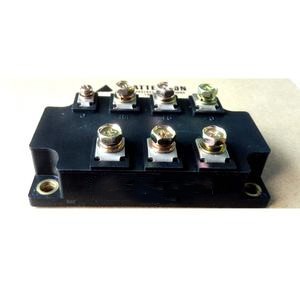
100x100mm Aluminum vc vapor chamber radiator heatsink custom heat pipe heat sink for led quantum board
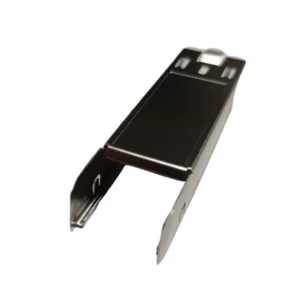
Custom Cold Forged CXB 3590 Aluminum LED Pin Heatsink 150mm
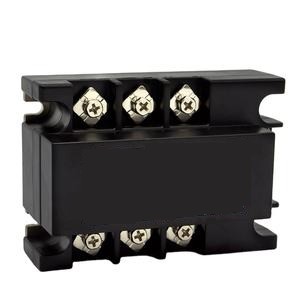
Custom Anodized Aluminum Heatsink Extrusion Aluminum Extruded Profile Power Supply Inverter Aluminum Heat Sink
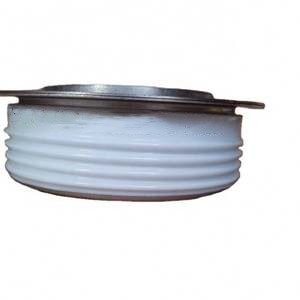
RDS Electronics-Customized size super cooling radiator 100*60*10MM aluminum heatsink

Custom Anodizing Extruded Aluminium Heatsink Extrusion Profile Aluminum Cooler Heat Sink
